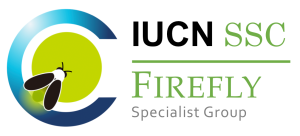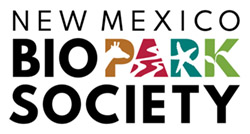Other Ways to Get Involved in Firefly Research
The Firefly Atlas is not the only project or platform where you can contribute to firefly community science, although it is one of the few that accepts observations of glow-worms and day active species, in addition to flashing species. If the Atlas doesn’t seem like a good fit—because you don’t have focal species in your area, are unable or uninterested in capturing and photographing fireflies, or want to participate from your back yard—you may want to explore other projects. There are a number of options for different goals, geographies, and levels of commitment.
Current Projects
Western Firefly Project
Run by the Natural History Museum of Utah, the Western Firefly Project seeks reports of flashing firefly activity in the Intermountain West, including Utah, Idaho, Wyoming, Colorado, New Mexico, Arizona, and Oregon. Reports are investigated and verified by a team of firefly researchers associated with the project. In a region where fireflies often go unnoticed, this initiative has led to exciting discoveries.
Colorado Firefly Flash Pattern Project
The Peleg lab at the University of Colorado Boulder seeks volunteers to help build a firefly flash pattern dataset for Colorado by recording 3D video of firefly flashes. Participants who have seen fireflies around their neighborhoods will be loaned a kit containing two GoPro cameras, tripods, and a hard drive. Just place the cameras one meter apart as close to the fireflies as you can get and press record! Researchers will process the video and extract the firefly flashes for analysis. To sign up, fill out the Google Form.
Fireflyers International Network on iNaturalist
Created by the Fireflyers International Network in 2019, this project has compiled tens of thousands of iNaturalist observations of fireflies and other bioluminescent beetles (such as railroad worms and glowing click beetles) from the USA and Canada. This crowdsourced dataset is a good way to explore the distribution of widespread, commonly encountered species, as well as to find additional images of focal species. Most of these iNaturalist observations lack flash pattern details, so many are limited in their potential for identification to species level.
Carolina Ghost Hunt
Run by North Carolina State University and the North Carolina Museum of Natural Sciences, the Carolina Ghost hunt seeks to map occurrences of “ghost fireflies” (glow-worm fireflies in the genus Phausis) in the Piedmont region of the Carolinas.
Past Projects
Firefly Watch
Running from 2008-2024, Firefly Watch involved thousands of volunteers in collecting data on the presence and phenology of flashing fireflies, as well as the effects of land use on firefly activity. Founded by the Museum of Science in Boston and later run by Massachusetts Audubon, the project provided a data sheet with questions that aim to shed light on adult flashing fireflies in North America. Firefly Watch did not collect species-level data, instead focusing on the presence, seasonal timing, and approximate abundance of flashing fireflies.
Atlanta Firefly Project
Started by a Masters student at the University of Georgia’s Odum School of Ecology, and later run by the EcoReach ecology outreach program, the Atlanta Firefly Project focused on the impacts of urban land management practices on the big dipper firefly (Photinus pyralis). Volunteers were asked to monitor their yard twice a month in both June and July.



